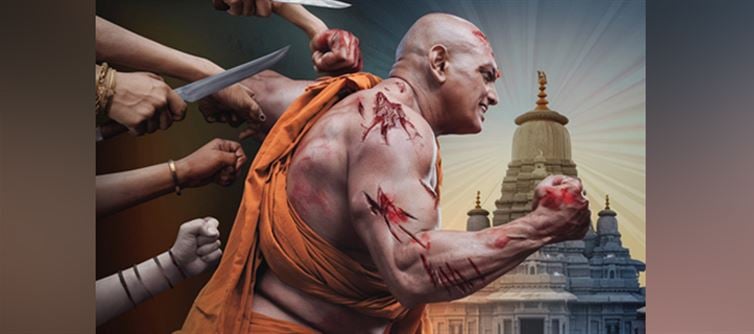
This historical grievance has been used as a rallying point by political parties, particularly those that represent non-Brahmin and lower-caste interests, to garner support by portraying Brahmins as a privileged class accountable for systematic abuses. Because it supports political strategies—where caste-based vote banks and identity politics are essential for winning power—this story has been shamelessly mainstream. Anti-Brahmin attitudes have been openly promoted by parties like the Dravida Munnetra Kazhagam (DMK) and its predecessors, including the Justice Party, who claim that such actions are required for social justice and equality. As a result, this rhetoric has become ingrained in the political discourse.
The larger anti-Brahmin movement that grew in strength during the 20th century, especially in areas like tamil Nadu and Maharashtra, is another factor contributing to the normalization of Brahmin hatred. Influenced by individuals such as E.V. Ramasamy (Periyar), this movement portrayed Brahmins as oppressors who used their religious and cultural supremacy to uphold a strict caste system. Political parties have taken advantage of this by enacting laws and using language that disparages Brahmins, such as reservation regulations that deny them certain privileges or public declarations that demonize them.
Fear of retaliation from influential non-Brahmin caste groups and general indifference or silence from other segments of society, including some Brahmins themselves, who may decide not to question the status quo out of safety concerns or a conviction that such measures are necessary for social reform, are the reasons for the lack of strong opposition to such normalization. Since it is not contested in the political and public arenas, this silence has allowed the normalization to continue.
Furthermore, a media and academic climate that frequently magnifies these narratives without adequate contrast contributes to the normalizing of Brahmin hate. The absence of a cohesive Brahmin response and internal community splits have made it difficult to successfully combat this bigotry. Political parties have access to a wealth of resources and platforms to spread their beliefs. Therefore, the normalization of Brahmin hatred is not only a reflection of past grievances but also a calculated tactic in India's divisive political environment, where cries for equality and unity across caste lines are frequently overshadowed by identity-based politics.




 click and follow Indiaherald WhatsApp channel
click and follow Indiaherald WhatsApp channel